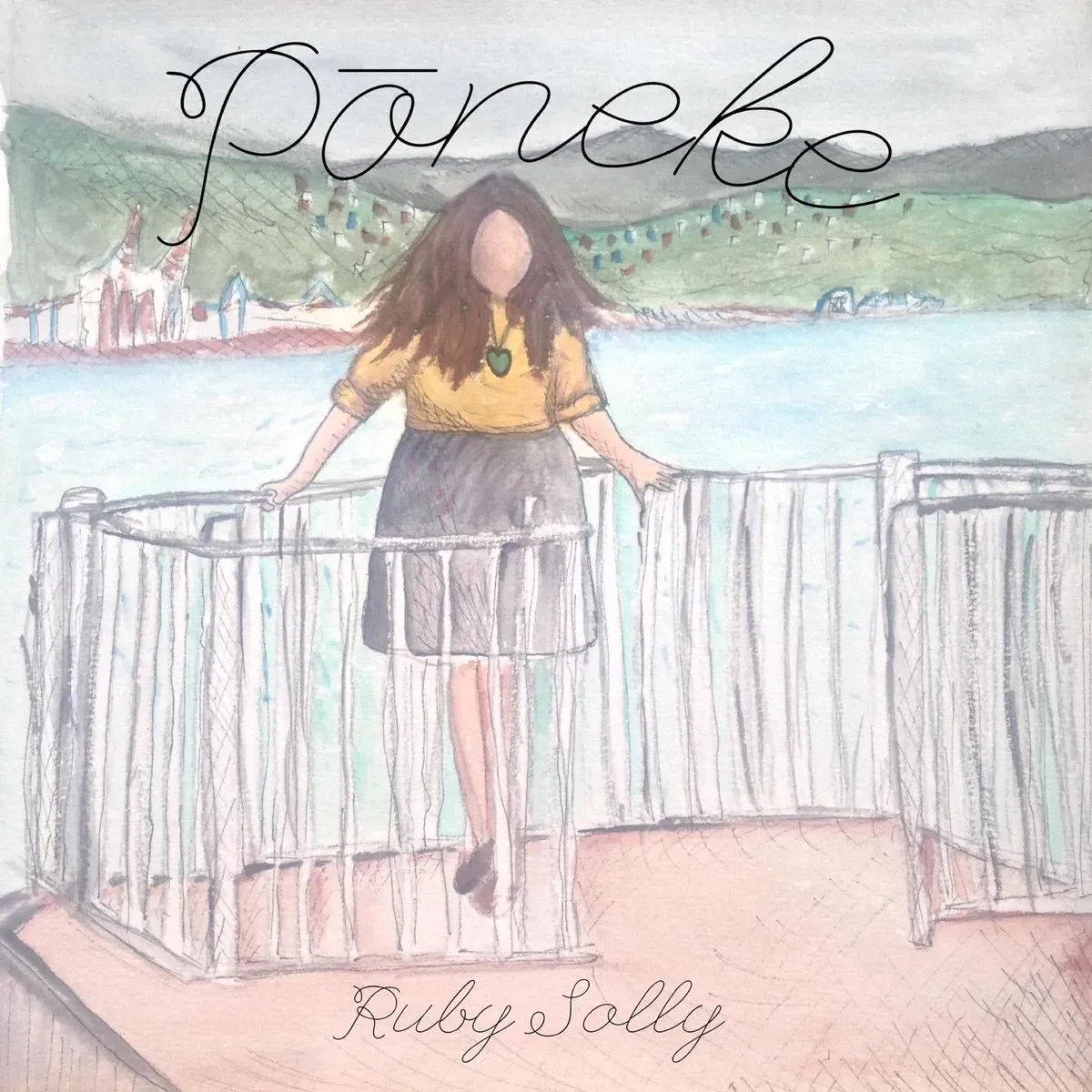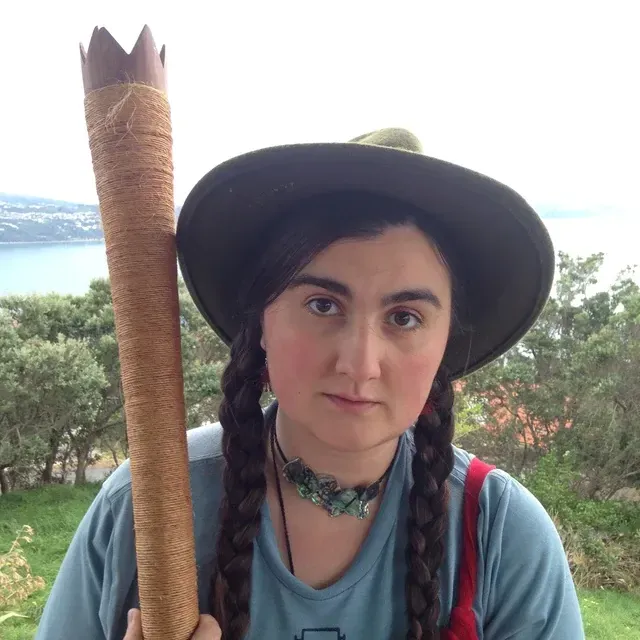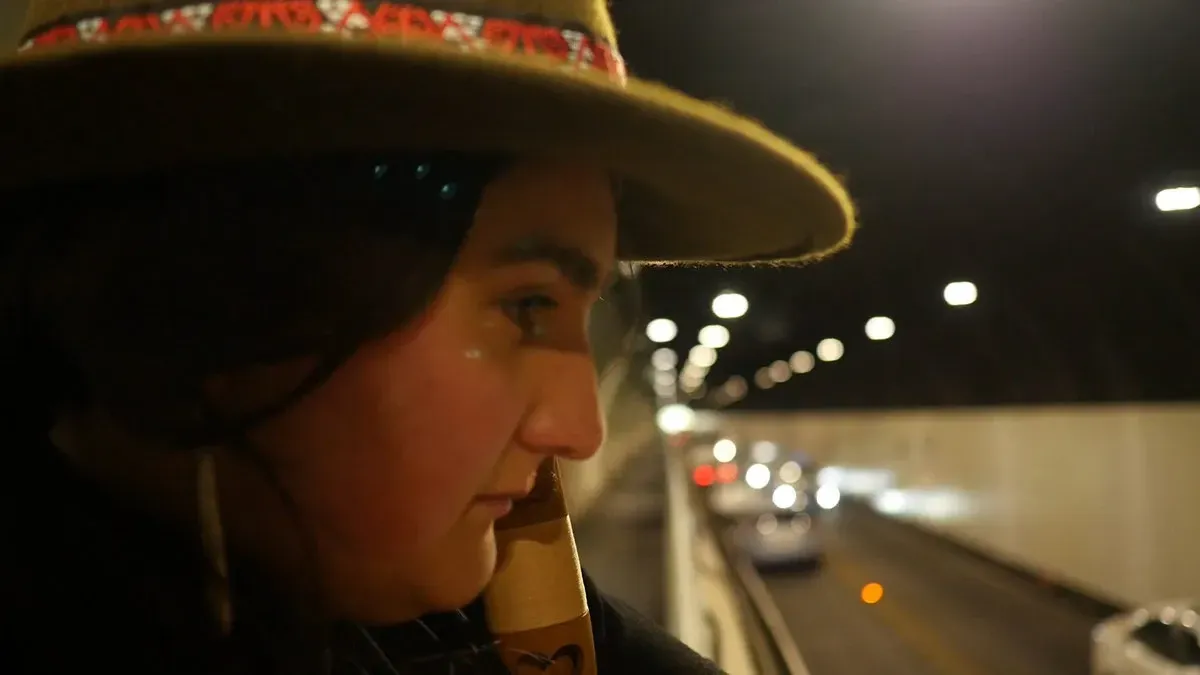Pōneke, Poetry & Personality
Written by
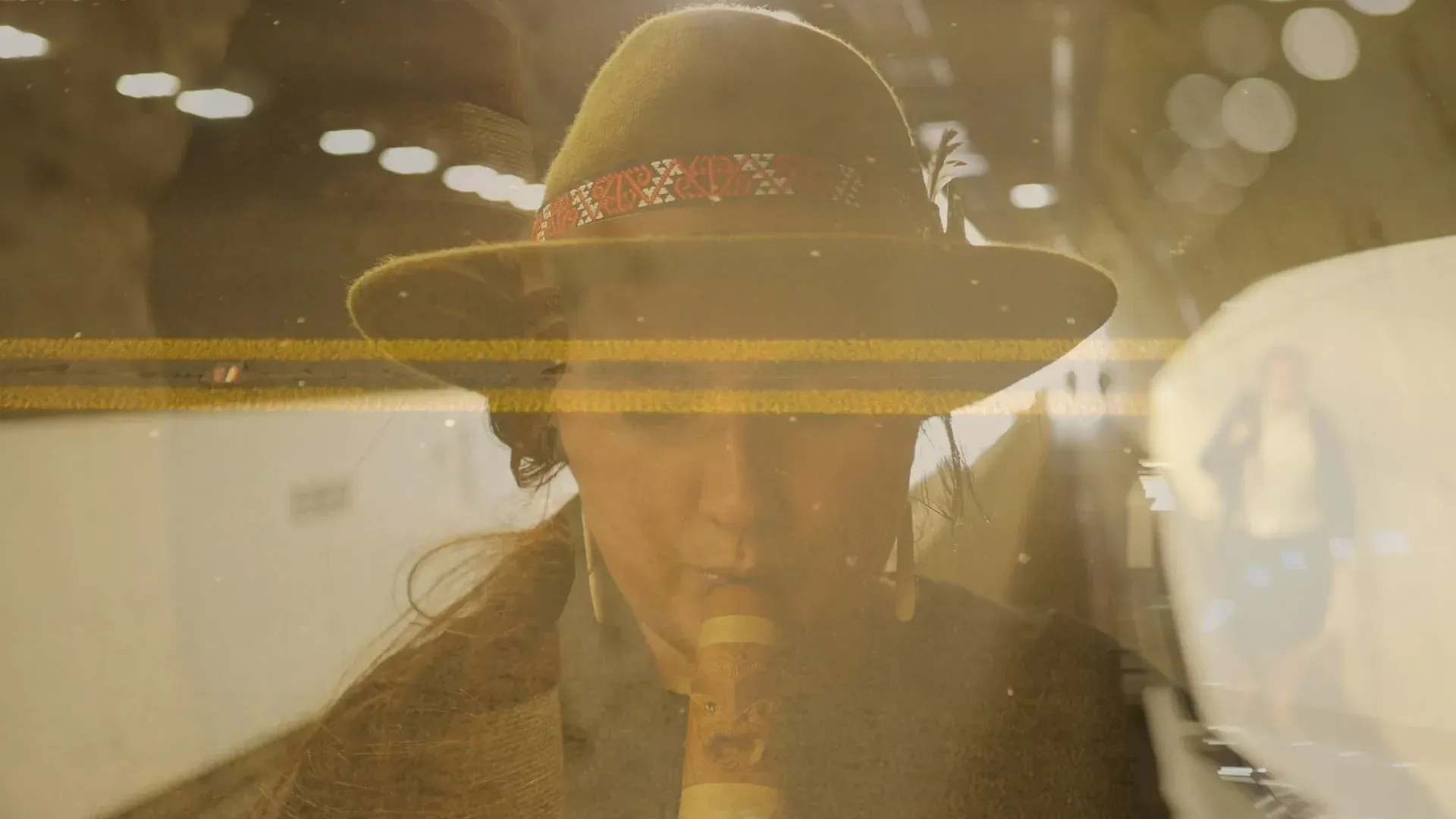
When Ruby Solly was in Victoria University's jazz school, she studied cello.
“Yeah. Superfruity, I know. And there was this idea that I'd never get any work. It was constantly said that if I was lucky, I might get a job on a cruise ship.
“I heard that. A lot.
“But there aren't many cellists around who can play without scores, and also I'd played in metal bands, punk bands, reggae bands… a bit of everything which meant that I ended up with quite a wide vocabulary on the instrument.
“Cello was the bulk of my session work during that [university] time and afterwards.
“I think there are two [such cellists] in Wellington, if it's not me, it's Charley Davenport.
“So it worked out well,” she laughs.
Solly goes solo
Solly (Kai Tahu, Waitaha, Kāti Māmoe, and who also has Jewish whakapapa) grew up around the Central Plateau in Whakapapa Village, Raurimu, Tūrangi (where she learned cello in nearby Taupō) and Rotorua.
She accumulated considerable musical knowledge (guitar, vocals, cello, taonga pūoro) but never compartmentalised them.
With her remarkable debut album Pōneke – where Solly effortlessly weaves ambient sounds and taonga pūoro recorded at various sites around Wellington, with cello parts added in her modest home studio – the threads of her various music studies interlock.
And she has expanded the work with her related poetry, use of te reo Māori and art.
“Until Pōneke, I felt I would do something as part of everyone else's whole. I've done that with cello on a lot of different recordings and live shows, or taonga pūoro on somebody's soundtrack. But it had never been like, 'this is all mine, I've made all the decisions'.
“You give away a lot of your autonomy when you work with other people, so it was nice to have something all mine.”
Study of sound
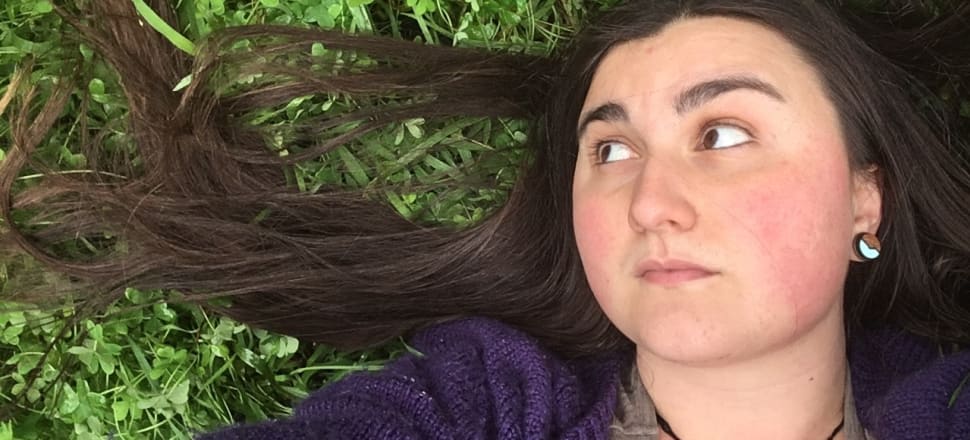
Pōneke – the Māori name for the Wellington region – is nominally an album of taonga pūoro but very different in conception and execution from most others.
A longtime student of the instruments who recalls seeing Richard Nunns performing a decade ago and who did some experimenting on traditional instruments at primary school, Solly says the 11 instrumentals on Pōneke came as a result of wanting to record so she could hear any change or growth in her work.
“It's like jazz, there are times when you're so in the moment, you don't realise when you've done something pretty cool.
“Initially, it was me going into those locations and using my idea of them to inform my playing. In jazz, you listen to the greats and transcribe stuff, and with taonga pūoro you kind of do that as well, not with the players so much but with elements of nature.
“You'll look at a landscape, a ridge line, and you'll think about that as a musical contour, or feel the flow of a body of water in terms of intensity.
“So it started off me looking at those and thinking about all the other things which came into those soundscapes, and then I decided to record them.”
Informed by the history of the areas around the capital where she recorded herself, she saw the potential for combining the Māori instruments and ambient sounds with cello, likening the results to conversations between the two worlds, but with an important shift of emphasis.
“It's like now the Western side of the music is supporting the Māori side, that was something I was really keen on. I was often playing other composers' music and it often felt taonga pūoro was sitting in with the Western instruments, not the other way around.”
Visual and verbal
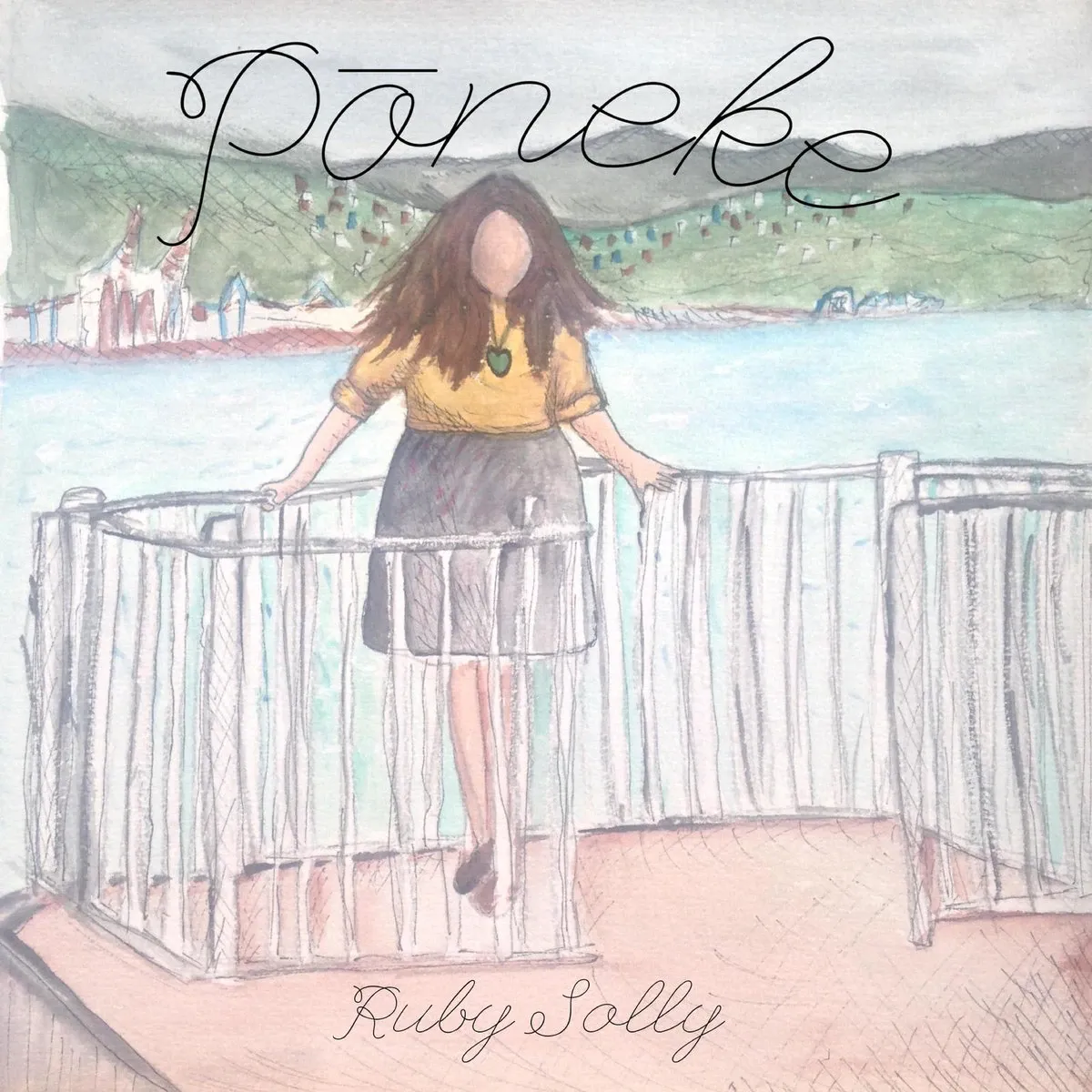
If Pōneke redresses that musical imbalance through evoking place and whakapapa, her poetry and art provide another sensibility.
“We often take the feeling element out of history and are taught to be objective, so it was good to get feeling back in.”
The haunting piece Urupā, for example, was inspired by the story of Bolton Street Cemetery, where separate graves of Māori, Pākehā and Jewish people were dug up when the motorway went through half a century ago and many of the exhumations were placed together in a common vault.
As the ethereal music of taonga pūoro and mournfully distant cello play out her words to be read are:
Bring us your dead,
bring us your bodies,
and we will put them to rest
under one blanket of earth.
We can be an urupā,
we can be a house of life,
we can be a cemetery.
So bring us your bodies,
bring us your dead.
and we will put them to rest
under one blanket of earth.
Bring us your cars,
bring us your horns,
and we will take your dead
and we will take your bodies,
all three thousand,
and pull the blanket from over them.
They are wrapped together now
in the arms of lovers
they do not know.
Bring us your bodies,
for to us they are just the dead.
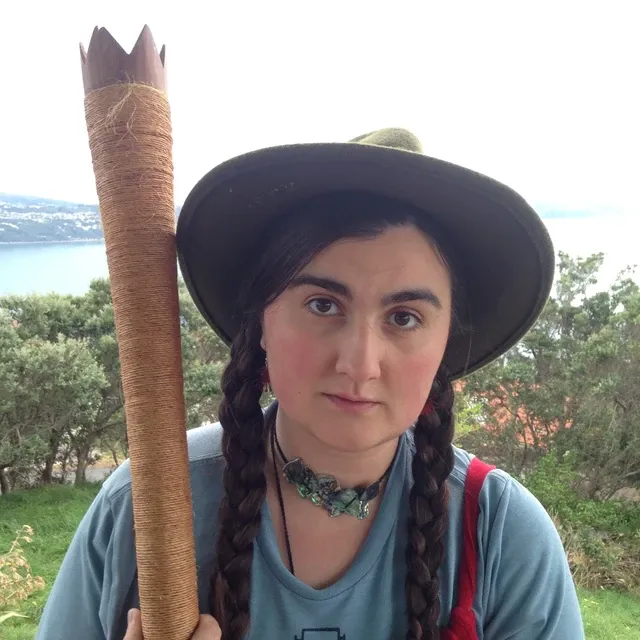
Her piece recorded on Somes Island is equally evocative of that internment island on both a musical and text level with a percussive beat from the plucked cello.
I’m sorry,
but this land is a waiting room.
The stagnating wairua
evaporating to slow mists
in trapped houses
filled with chlorine.
Sulphur clouds
in the air.
This is a rugged purgatory
for what you did,
for what you didn't do.
See the places where the guns sit;
concrete, cold,
empty
and waiting
for a war
that never
arrives.
As a writer, Solly brings a repository of inherited oral history to her considerable musical and literary sensibilities, and the recent lockdown meant she could complete the artworks to accompany the Pōneke bandcamp download.
And – among other commissions – she did a podcast for Pantographic Punch about the connections of landscape, family and whakapapa with a soundscape and poetry.
“That was a 15-minute piece and it was nice to layer in something on that scale as one integrated thing, where I could introduce an idea and bring it back in seven minutes time.
“It was good to have that amount of time to grow ideas, because it's in the nature of recording in an outdoor environment that you are dealing with wind or a group of teenagers who rock up next to you and start talking about the weekend or whatever!”
Solly’s schedule stacked
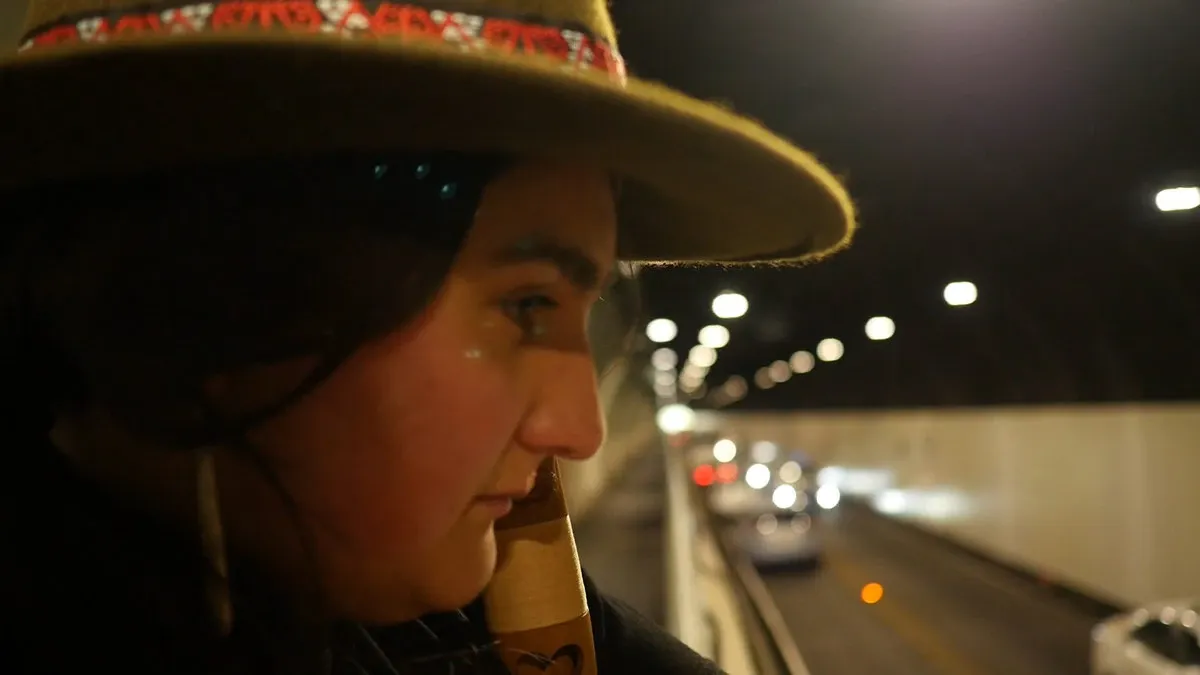
Right now, however, there are other projects: not the least a book to be published next year and an album with fellow taonga pūoro players Al Fraser and Ariana Tikao with bassist Phil Boniface.
The group is working on an album with jazz, classical and soundscape elements “which comes together with taonga pūoro as the main thread.
“It feels like a showcase of all the things we can do individually and as a collective, it has been really great working on that.”
And there is more: “At the moment I’m also working on a PhD on the use of taonga pūoro within healthcare . . . I think as long as the work I’m doing is decolonial, non-harmful, and serves me and the people with me, I’m on the right path.”
Solly is resisting the temptation to quickly follow up Pōneke. She has the idea for two further albums but the deliberation is what is important, to get the clarity: “Doing it almost doesn't take that much time. The thinking about why you are going to do it and how, that's longer than anything else.”
Tauira becomes kaiako
She has her own taonga pūoro students and is someone who simultaneously looks back to acknowledge those who came before and her immediate mentors, and forward with her students.
“When I grew up, there weren't a lot of women playing who were visible. I think the important thing there is the 'visible' part, because there were always women playing. But the first person who taught me was a female primary school teacher Maria Kuppa.
“I often explain to people the whakapapa back from all those kaumātua who influenced Richard Nunns, Brian Flintoff and Hirini Melbourne. They got the information from kaumātua, both male and female.
“Then there is Al, Rob Thorne and Ariana, and so it went from them to me and goes to whoever I am teaching.”
She laughs when, at 24, she is probably one of the oldest of the third generation.
“But it feels cool to be part of that”.
Ruby Solly's album Pōneke can be heard and downloaded (with art and poetry) at her bandcamp page here.
You can see Solly live Thursday 17 September at Third Eye playing cello and Friday 18 September in the Rongotai Pedestrian Tunnel under the Wellington Airport runway playing taonga pūoro.

